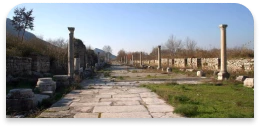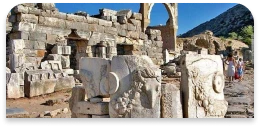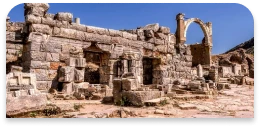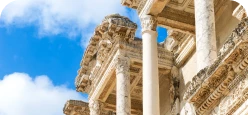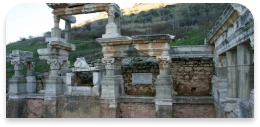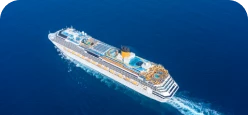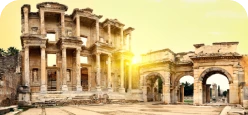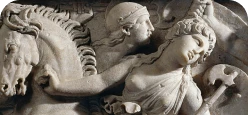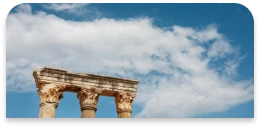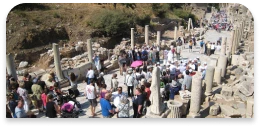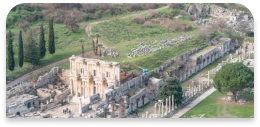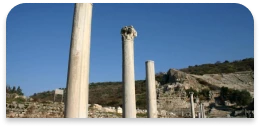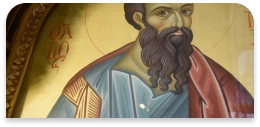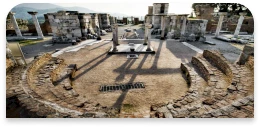Hellenistic City Wall
The Hellenistic city wall, erected under King Lysimachus and at least 9 kilometers long, was built in 3C BC. Today more than 3 kilometers of it is extremely well preserved on the Bulbuldag and can be seen on the way to the House of Virgin Mary.
There were three entrances to the city; The Magnesian Gate (on the road to the house of Mother Mary), the Koressos Gate (at the back of the Stadium), and the harbor. Strabon, one of the famous writers in antiquity, wrote that the city wall was 2,5-3 meters thick and fortified by watchtowers.
There were three entrances to the city; The Magnesian Gate (on the road to the house of Mother Mary), the Koressos Gate (at the back of the Stadium), and the harbor. Strabon, one of the famous writers in antiquity, wrote that the city wall was 2,5-3 meters thick and fortified by watch towers.

There is an important, well-preserved tower which was called St Paul’s prison near the ancient harbor on the hill. According to the Bible, Paul went to Ephesus in his third missionary journey. In Ephesus, Paul found followers of John the Baptist and baptized them in the name of Lord Jesus Christ. He laid his hands on them and the Holy Spirit came on them and they spoke with tongues and prophesied.
Paul preached in the synagogue for three months, but when some hardened unbelievers spoke evil before the multitude, he separated the disciples from them and chose another place to teach daily. He continued this for two years so that all Jews and Greeks in this Roman province of Asia (part of Asia Minor) heard the gospel of Christ. God did special miracles in Ephesus through Paul, as even the garments worn by him healed the sick and the demon-possessed.
Many believed in Ephesus and many who practiced magic before brought their books together and burned them publicly. As many pagans turned to Christianity in Ephesus, formerly a center of pagan Artemis worship, craftsmen and silversmiths, who manufactured idols and shrines, saw their profit diminishing. These craftsmen stirred up the pagans against Paul and his companions. Sales soon began to decline and one, Demetrius, a leader of the silversmiths, led a group of artisans against Paul saying " Men, YOU well know that from this business we have our prosperity.
Also, YOU behold and hear how not only in Ephesus but in nearly all the [district of] Asia this Paul has persuaded a considerable crowd and turned them to another opinion, saying that the ones that are made by hands are not gods. Moreover, the danger exists not only that this occupation of ours will come into disrepute but also that the temple of the great goddess Artemis will be esteemed as nothing and even her magnificence which the whole [district of] Asia and the inhabited earth worships is about to be brought down to nothing''.
His speech caused an uproar and the band of silversmiths, and likely a number of merchants worried about the decline in business, rushed into the theatre shouting "Great is Artemis of the Ephesians". Paul was not forced to leave the city by the authorities after this riot, but he evidently decided it was better to do so and set off for Macedonia. But it is believed he stayed in this tower before sending to Rome to be judged.
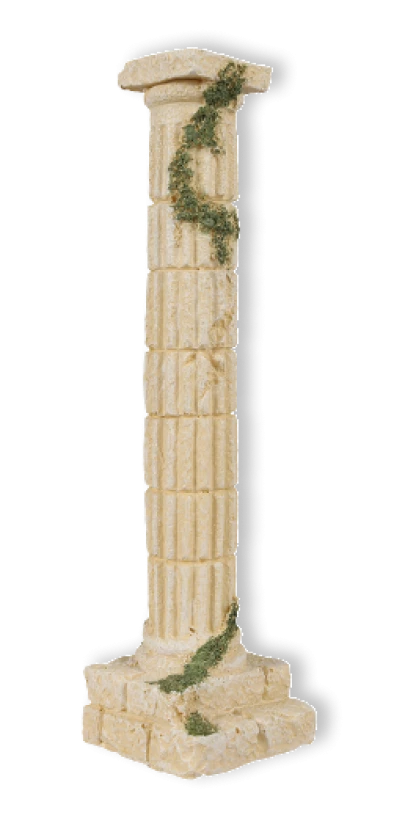
Private Ephesus Tour
%100 satisfaction guarantee
